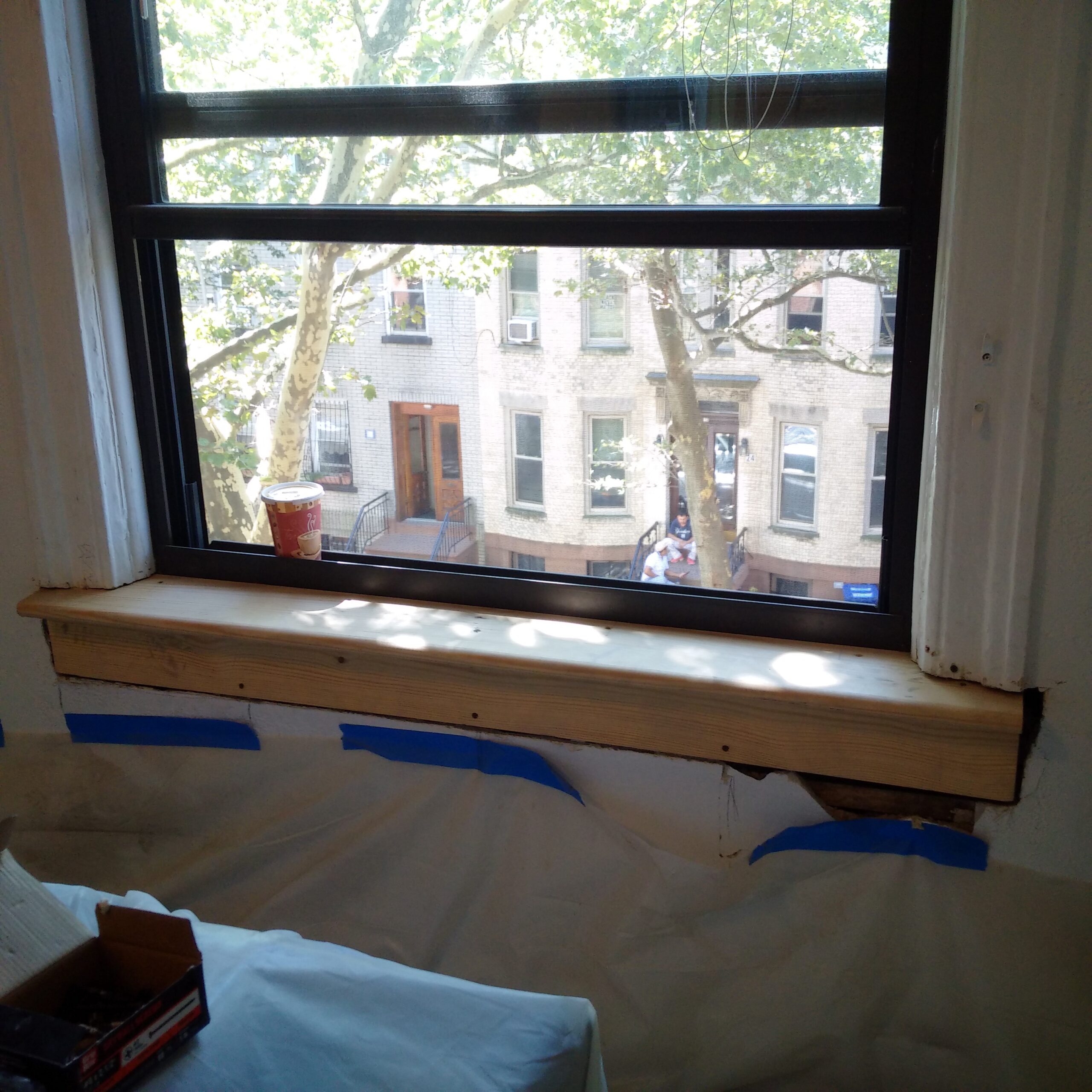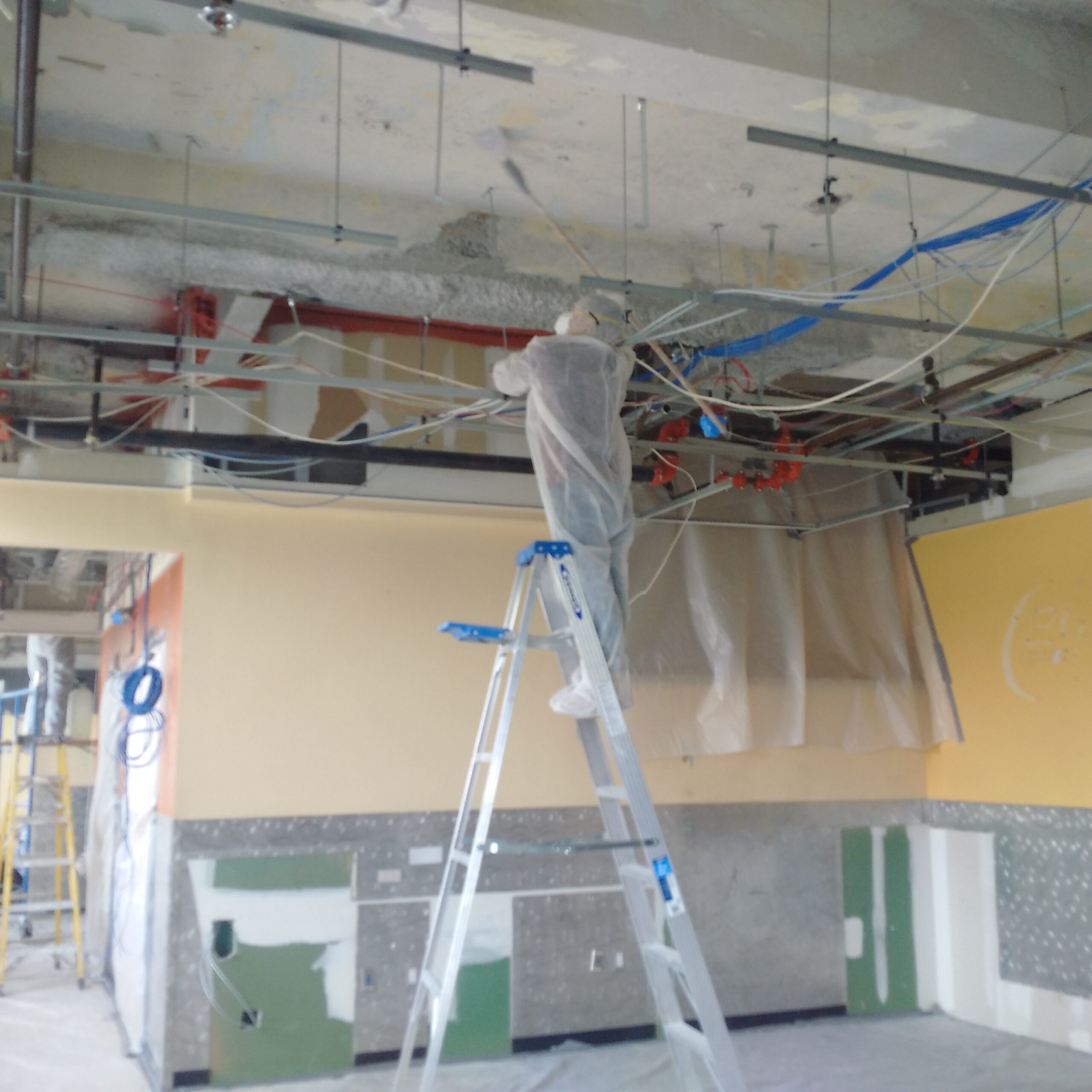Reputable DOH & HPD Lead Violation Removal in NYC-- Secure Your Residential or commercial property
Reputable DOH & HPD Lead Violation Removal in NYC-- Secure Your Residential or commercial property
Blog Article
Vital Tools and Methods for Reliable Lead Violation Clean-up
Resolving lead infractions properly demands a thorough strategy that mixes the right tools with tactical approaches. The first action entails furnishing workers with Personal Safety Tools (PPE) to secure their health and wellness. Concurrently, the use of specialized cleaning devices, such as HEPA vacuums and lead-specific cleaner, is vital for complete pollutant removal. Effective control techniques, consisting of plastic sheet and unfavorable air pressure systems, are important to protect against the spread of dangerous materials. Risk-free disposal methods and strict adherence to governing standards guarantee responsible handling of poisonous waste. However what are the nuanced techniques that truly make a distinction?
Personal Safety Tools
Personal safety tools (PPE) is a crucial element in the efficient monitoring of lead contamination cleaning. The essential PPE for lead cleanup includes respirators, protective apparel, gloves, and eye security.
Respirators, particularly those furnished with HEPA filters, are indispensable for filtering airborne lead bits, preventing inhalation. Safety clothing, consisting of coveralls and disposable fits, protects against lead dirt from adhering to workers' garments, minimizing the threat of second contamination.
In addition, strenuous training on the correct use and maintenance of PPE is vital. Workers must be educated on wearing and doffing treatments to prevent contamination. Regular inspections and substitutes of PPE elements are required to keep their safety abilities, making certain a risk-free and certified cleanup procedure.
Specialized Cleanup Equipment

One more necessary tool is the wet/dry vacuum cleaner, which can successfully tidy up both dirt and liquid impurities. These vacuums typically include HEPA filters to supply an additional layer of security. Wet cleans or tack cloths are additionally essential for surface area cleaning; they are especially developed to capture and hold lead particles, minimizing the danger of spreading out contamination.
For even more stubborn deposits, specialized lead-removal cleaning agents are called for. These representatives are created to break down lead particles, making them easier to remove. Scrub brushes with tough bristles can help in this procedure, especially on rough surface areas where lead dust has a tendency to stick more strongly.
Furthermore, encapsulants are used to secure lead-contaminated surfaces, preventing the release of lead dirt. These specialized paints and coverings are developed to abide by various substratums, giving a lasting solution for lead containment.
Effective Containment Methods
Efficient containment approaches are important in minimizing the spread of lead contamination throughout cleanup tasks. Applying robust control methods ensures that lead bits do not migrate to untouched locations, therefore safeguarding both employees and the setting. One main approach is making use of plastic sheeting to seal polluted areas. Sturdy polyethylene barriers can be mounted from flooring to ceiling to create a controlled workplace, significantly decreasing the danger of airborne lead dirt dispersal.

To boost containment, encapsulants can be used to surfaces that are not being removed or disrupted. These specialized coatings bind lead read the full info here dirt, decreasing its schedule for resuspension. In addition, all employees must wear suitable Personal Protective Tools (PPE), consisting of respirators and non reusable fits, to avoid contamination spread.
Safe Disposal Practices
Guaranteeing safe disposal practices is an essential element in the monitoring of lead contamination cleaning. Appropriate disposal mitigates the danger of lead re-entering the environment and endangering public wellness (DOH & HPD Lead Violation Removal NYC).
Transporting lead waste requires adherence to strict guidelines. Utilizing accredited contaminated materials carriers guarantees that the products are managed properly. Paperwork, including materializes describing the kind and quantity of waste, need to go along with deliveries to track the waste from the website of origin to its final disposal destination.
Designated unsafe waste disposal centers are geared up to deal with lead-contaminated materials securely. These facilities commonly employ sophisticated techniques such as stablizing, solidification, or chemical treatment to counteract the lead before disposal. Landfilling in specialized, lined locations that avoid leachate from infecting groundwater is a common practice for last disposal.
Normal training for workers entailed in lead garbage disposal is critical to maintain security criteria and prevent unintentional direct exposure. By sticking to these methods, companies can substantially reduce the environmental and health impacts linked with lead contamination.
Regulatory Compliance Tips

Sticking to governing conformity is vital in the effective execution of lead contamination clean-up. Comprehending and following government, state, and local regulations makes sure not just the safety and security and health of people click but likewise the lawful and financial well-being of the cleanup company. The Environmental Protection Agency (EPA) establishes rigid criteria, such as the Lead Remodelling, Repair, and Paint (RRP) Rule, which mandates correct qualification and training for contractors dealing with lead-based activities.
Compliance starts with a comprehensive evaluation of suitable laws and laws. Organizations must remain upgraded on any kind of legislative changes, which can be assisted in via routine training sessions and signing up for market updates. Documentation is one more crucial conformity element; maintaining in-depth records of all tasks, including assessment records, staff member training logs, and disposal materializes, is crucial.
In addition, engaging with accredited lead assessors or run the risk of assessors guarantees that lead risks are appropriately recognized and minimized. Employers need to enforce the usage of Individual Safety Tools (PPE) and guarantee that safety protocols are purely complied with. Lastly, clear interaction with stakeholders, consisting of staff members, clients, and regulative bodies, will certainly promote a society of conformity and liability, eventually adding to a safer and more effective lead clean-up procedure.
Verdict
Reliable lead violation cleaning demands the combination of specialized tools and tactical approaches to guarantee security and effectiveness. Individual safety tools (PPE) safeguards workers from exposure, while safe disposal practices and rigorous adherence to governing conformity are important for responsibly taking care of harmful waste.
Report this page